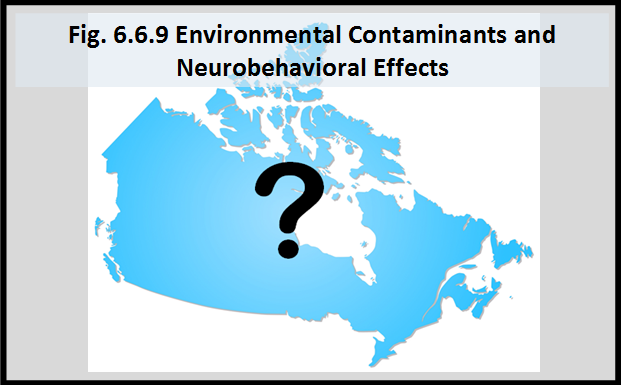Environmental Contaminants and Neurobehavioral Effects

Attention Deficit Hyperactivity Disorder (ADHD) and learning disabilities affect a large proportion of young children.1
associated these exposures with lower IQs, problems in attention and a number of other neuropsychological effects. Nevertheless, for the most part, the causes of neurobehavioral disorders are unknown. There are other toxins of potential concern for the developing nervous system and brain – such as food additives, pesticides, phthalates, bisphenol A (BPA), polycyclic aromatic hydrocarbons (PAHs) and arsenic, and perchlorate.2
Behavioural teratogens, such as alcohol, lead, polychlorinated biphenyls (PCBs) and methylmercury, are known to compromise brain development and function in children exposed in utero or in early life. Studies have associated these exposure with lower IQs, problems in attention and a number of other neuropsychological effects.
1Government of Canada. The Well-Being of Canada’s Young Children. Government of Canada Report 2011. http://www.dpe-agje-ecd-elcc.ca/eng/ecd/well-being/sp_1027_04_12_eng.pdf accessed May 22, 2017.
2Environmental Protection Agency (EPA). Children’s Health and the Environment Third Edition. 2013. https://www.epa.gov/sites/production/files/2015-06/documents/ace3_2013.pdf-accessed July 24, 2017.
Implications
More research into the possible association between exposure to environmental contaminants and neurobehavioral effects such as learning disabilities is needed.
